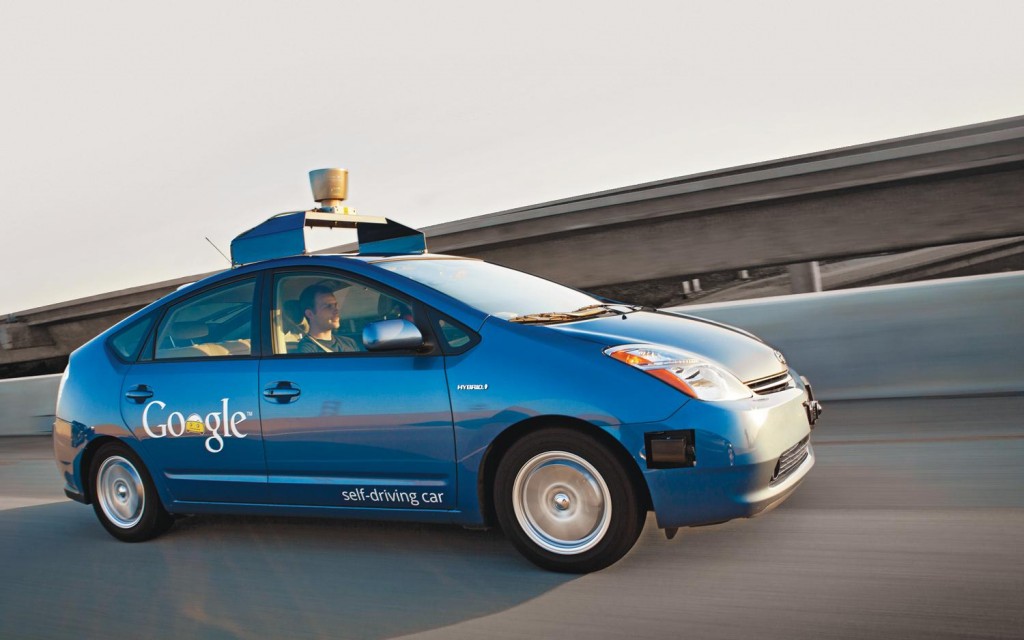Do you like this article?
Google
has been developing its autonomous (driverless) car for years. While
its vehicle’s only accidents have been at the hands of drivers using the
cars in manual mode, those accidents have outlined a major issue — who
is at fault when an accident does occur in auto-drive mode?
The few cases that have come in front of a judge have been largely
contested as lawmakers appeared to flip a coin in determining precedents
for the issues surrounding liability.
Some states are attempting to act before driverless cars become a
reality on our roadways. For example, in California and Florida bills
have already been passed that require the Registries of Motor Vehicles
to come up with rules of the road for autonomous vehicles over the next one to two years.
Unfortunately car manufacturers still do not know what those rules
will be, which in turn could lead to a stalemate in developing the
vehicles. If car manufacturers believe they could be held responsible
for driverless car accidents they may hesitate in developing the
vehicles, regardless of safety records for prototype vehicles.
Driveless vehicles are largely viewed as the future of the automotive
industry and it is that fact that has led auto manufacturers to spend a
considerable amount of money to fight against possible liability laws.
Driveless car
records have shown that they can effectively lower the total number of
accidents on our roadways, while easing traffic congestion through more
consistent driving. It is those accidents and road way congestion
promises that could lead to laws on the state level that help out auto
manufacturers over the liability issue. Fixing congested roads and
adding new roadways to deal with ineffective drivers is expensive and
driveless vehicles could ease those costs.
Google has promised that its driverless vehicles are the future of
the automobile industry, that future unfortunately may be decided at the
state and federal level.







